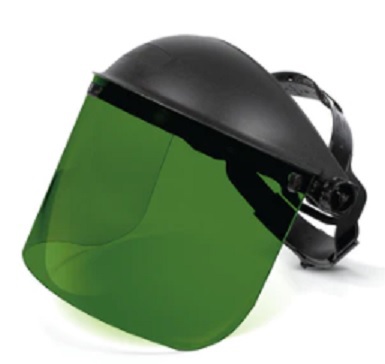| Weapons - Optics 光学 (continued) |
| Most lasers commonly encountered work with the visible light spectrum (in nanometers roughly 400 - violet - to 700 - red). there are also infrared lasers that operate in the range 700 to 1000 nanometers. Currently, there are thousands of kinds of lasers, including ones operating in ultraviolet and x-ray spectra. |
|
Colors: a 200 mW green laser beam is FIVE times brighter than a 200 mW red laser beam and SEVEN times brighter than a 200 mW purple laser beam. A blue laser needs 33% less power and tends to have less visible follow-back (illuminated dust in the air). |
|
For glasses and goggles generally a full visual range is most desirable and the higher the optical density, the more attenuation and the less damage done to eyes. If possible choose ones that provide protection from frequencies of 200 to 2000 manometers with an optical density of +4. |
|
Note that safety glasses will distort the perceived colors of one's view and are really intended for casual protection – in other words, not for use when welding or cutting with a laser, for example. In those applications since the primary frequency of the laser in known it is possible to select special eyewear. |
| At least in terms of typical students (as opposed to someone doing welding or cutting), we have not had any success with a full face shield but we mention it for completeness. |
 |
| To return to the home page click here | To return to the main weapons page click here |
| Next optics page click here | Prior optics page click here |